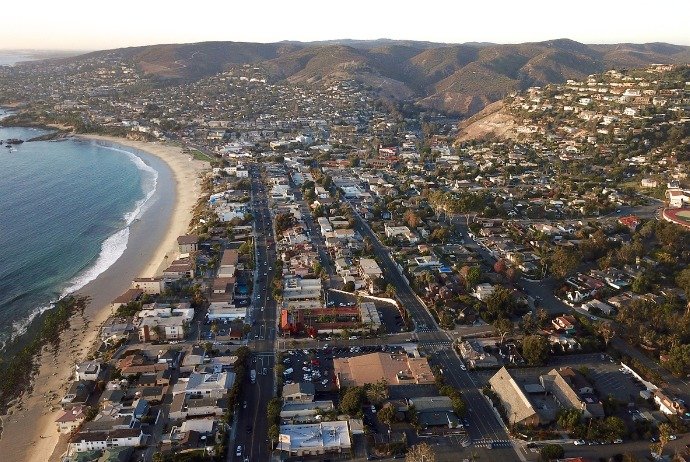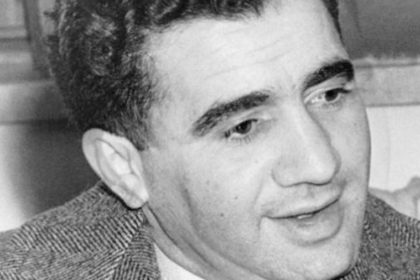Laguna Hills is a city in Orange County, California, United States. Take a look below for 10 obscure and fun facts about Laguna Hills, California, United States.
1. Its name refers to its proximity to Laguna Canyon and the much older Laguna Beach.
2. Other newer cities nearby—Laguna Niguel and Laguna Woods—are similarly named.
3. Laguna Hills is built on one of the major land grants developed during the rancho era. Following Mexico’s independence from Spain in 1821, those who had served in the government or who had friends in authority, were given vast lands for cattle grazing.
4. Rancho Lomas de Santiago, Rancho San Joaquin, and Rancho Niguel covered much of the western portion of the Saddleback Valley.
5. Don Juan Avila was granted the 13,000-acre Rancho Niguel on which Laguna Hills is located.
6. In 1894, Lewis Moulton purchased Rancho Niguel from Don Juan Avila and increased the original grant to 22,000 acres (89 km2). Moulton and his partner, Jean Piedra Daguerre, used the ranch to raise sheep and cattle.
7. The Moulton Ranch was eventually subdivided in the early 1960s, and part of the division became today’s Laguna Hills.
8. Incorporation efforts began in 1987 and on March 5, 1991, 86% of the residents voted in favor of forming the City of Laguna Hills. On December 20, 1991, Laguna Hills officially became a City. Subsequent annexations have included the North Laguna Hills (1996) and the “Westside Annexation” (2000) areas.
9. The latter included 149 acres (0.60 km2) of residential land, including the Aliso Viejo Community Association’s Sheep Hills Park.
10. In 2004, Laguna Hills’ City Hall was moved to an existing office building at 24035 El Toro Road, which was bought and renovated by the city. The city also rents out commercial space in the building, providing the city with a positive net income.




